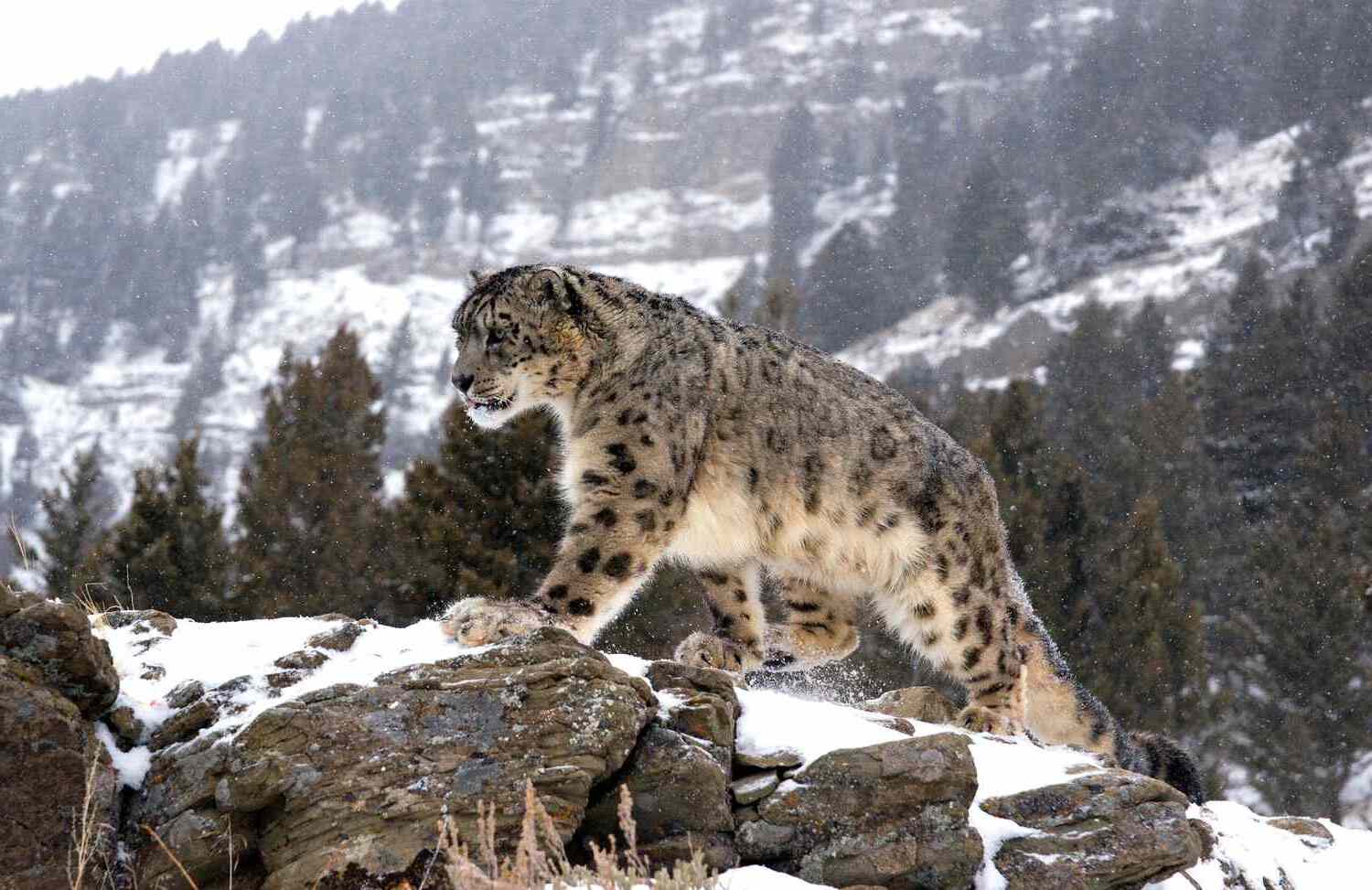
Ever wondered about the mysterious lives of solitary creatures? These fascinating animals prefer a life of solitude over socializing with others of their kind. Solitary creatures can be found in various habitats, from dense forests to vast oceans. They have unique behaviors and survival strategies that set them apart from social animals. Some of these creatures include the elusive snow leopard, the independent octopus, and the stealthy jaguar. But why do they choose to live alone? Solitary animals often have specialized hunting techniques, territorial instincts, or specific mating rituals that make solitude beneficial. Dive into these 23 intriguing facts about solitary creatures and discover what makes them so unique.
Key Takeaways:
- Solitary creatures, from tigers to tarantulas, have unique adaptations for surviving alone. They thrive in solitude, using stealth, strength, and intelligence to hunt and avoid predators.
- Whether in the jungle or the ocean, solitary animals like orangutans and octopuses have fascinating ways of living alone. They use their skills and instincts to thrive in their solitary lifestyles.
Solitary Creatures: An Intriguing World
Solitary creatures live fascinating lives, often shrouded in mystery. These animals prefer solitude over social interactions, thriving in isolation. Let's explore some captivating facts about these unique beings.
Solitary Predators
Predators that hunt alone have developed remarkable adaptations to survive and thrive.
- Tigers are the largest solitary cats. They mark vast territories and rely on stealth to ambush prey.
- Snow leopards inhabit rugged mountains, using their powerful legs to leap great distances in pursuit of prey.
- Polar bears roam the Arctic alone, relying on their keen sense of smell to locate seals beneath the ice.
- Leopards are adaptable hunters, often dragging their kills up trees to avoid scavengers.
Solitary Herbivores
Not all solitary creatures are predators. Some herbivores also prefer a life of solitude.
- Rhinoceroses are generally solitary, except for mothers with calves. They use their horns for defense and to establish dominance.
- Orangutans live alone in the dense rainforests of Borneo and Sumatra, building nests high in the trees.
- Koalas spend most of their lives alone, sleeping up to 20 hours a day in eucalyptus trees.
- Sloths are solitary and slow-moving, blending into the canopy to avoid predators.
Solitary Birds
Birds, too, can be solitary, often displaying unique behaviors and adaptations.
- Great horned owls are nocturnal hunters, fiercely territorial and often seen alone.
- Snowy owls prefer the isolation of the Arctic tundra, hunting lemmings and other small mammals.
- Eagles are solitary hunters, known for their incredible vision and powerful talons.
- Herons often hunt alone, standing still in shallow water to catch fish with lightning-fast strikes.
Solitary Reptiles
Reptiles are another group where solitary behavior is common.
- Komodo dragons are the largest lizards, living alone and using their venomous bite to subdue prey.
- Rattlesnakes are solitary, using their heat-sensing pits to locate warm-blooded prey.
- Gila monsters are venomous lizards that live alone in the deserts of the southwestern United States.
- Crocodiles are solitary ambush predators, lurking in the water to surprise their prey.
Solitary Insects
Even insects can exhibit solitary lifestyles, often with fascinating adaptations.
- Praying mantises are solitary hunters, using their powerful front legs to capture prey.
- Tarantulas are solitary spiders, living in burrows and ambushing insects and small animals.
- Solitary bees build individual nests, often in the ground or in hollow stems.
- Antlions are solitary insects that dig conical pits to trap ants and other small prey.
Solitary Marine Animals
The ocean is home to many solitary creatures, each with unique adaptations to their environment.
- Octopuses are highly intelligent and solitary, using camouflage and jet propulsion to escape predators.
- Moray eels live alone in crevices, ambushing fish and crustaceans that come too close.
- Great white sharks are solitary hunters, known for their powerful jaws and keen sense of smell.
Final Thoughts on Solitary Creatures
Solitary creatures lead fascinating lives. From the snow leopard prowling the Himalayas to the platypus in Australian rivers, these animals thrive alone. Their behaviors, adaptations, and survival strategies offer a glimpse into nature's diversity. Understanding these creatures helps us appreciate the delicate balance in ecosystems. It also highlights the importance of conservation efforts. Protecting their habitats ensures they continue to play their vital roles.
Next time you spot a hermit crab or read about the elusive giant panda, remember their solitary nature. It’s a reminder of the incredible variety in the animal kingdom. These creatures, though often unseen, are essential to the world's biodiversity. So, keep exploring, stay curious, and cherish the wonders of solitary animals. Their stories are as unique as they are, and they enrich our understanding of life on Earth.
Frequently Asked Questions
Was this page helpful?
Our commitment to delivering trustworthy and engaging content is at the heart of what we do. Each fact on our site is contributed by real users like you, bringing a wealth of diverse insights and information. To ensure the highest standards of accuracy and reliability, our dedicated editors meticulously review each submission. This process guarantees that the facts we share are not only fascinating but also credible. Trust in our commitment to quality and authenticity as you explore and learn with us.
